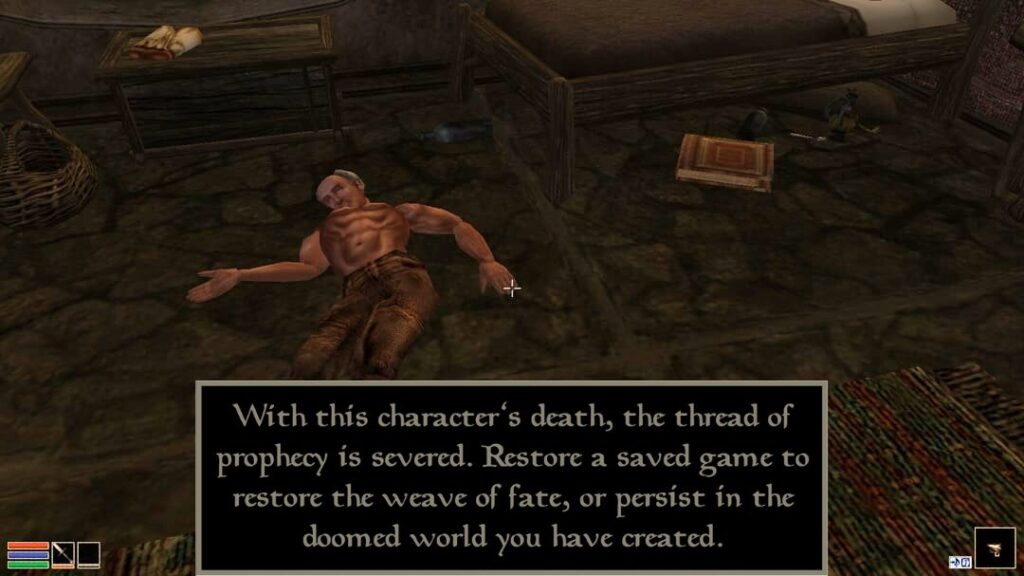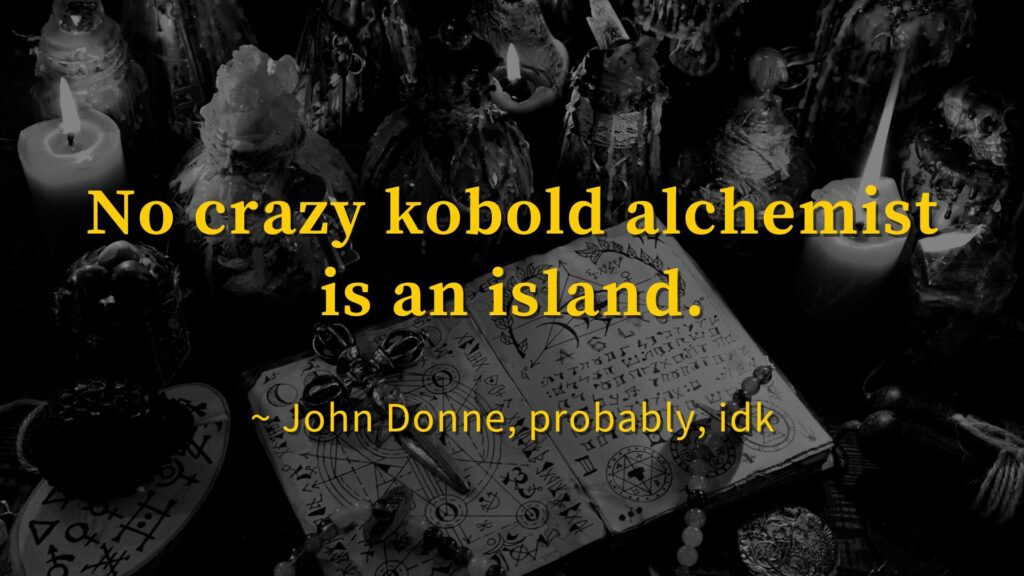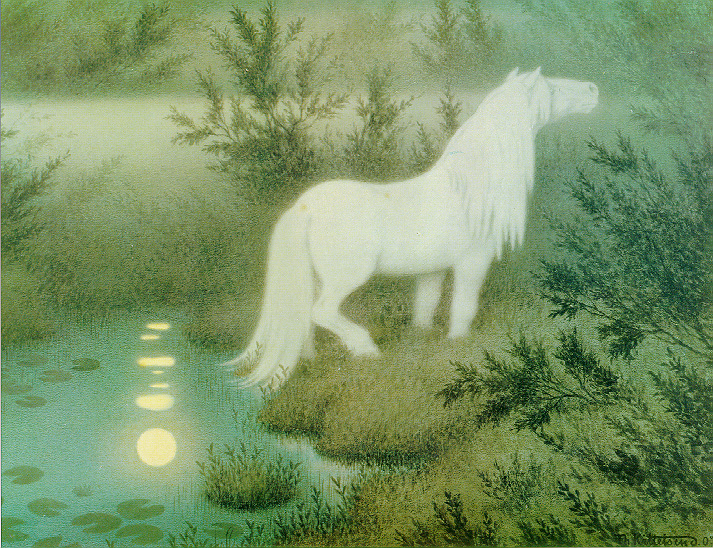A while back, a post from Ceri Rowland came across my Bluesky feed. It just read “Your players don’t care about your world, they care about how they can interact with it.” I’ve been thinking about TTRPG worldbuilding ever since, and the ways it differs from worldbuilding for creative works like novels.
I’ve largely decided that the “game” in tabletop roleplaying game gets overlooked far too often. As worldbuilders, it’s easy for us to spend hours building complex pantheons and recording elaborate centuries-long timelines. Pouring time and effort into weird details like the cheese industry of an obscure corner of a fantasy world.
The fruits of that effort get put to the test when we hit the table. I think a lot of DMs find that the time and effort they’ve invested into building their world doesn’t actually translate into playable material.
You can spend hours and hours on TTRPG worldbuilding without making a single thing your players can interact with.
It’s actually really easy to fix with a little change in perspective:
Worldbuild for gameplay first.
Gameplay-First TTRPG Worldbuilding
So what does worldbuilding for gameplay look like?
I think we can use three clarifying questions to help guide us:
- Does the thing I’m creating add a fiddly widget for the players to interact with? It’s great that 1,000 years ago, a farm kid pulled a sword from a stone and became the king that founded the dynasty. What do the players do with it?
- Am I overshadowing the greatness of the player character? You’ve made this fantastic archmage full of personality, with a trove of magical items, who has explored the multiverse for decades. He’s really cool and you’re super proud. Why isn’t he saving the world instead of your ragtag bunch of feral children?
- Have I stuck myself on a railroad? You’ve come up with this wicked artifact of phenomenal power and decided it can only be destroyed in one specific place in one specific way. What happens when the players decide they don’t want to go there and do that?
A lot of these issues are actually fairly easy to solve.
Maybe the farm kid’s sword was stolen by a dragon and the newly crowned queen needs it to prove her descent and her claim to the throne. She hires adventurers to find it for her. Bam, instant playable adventure.
Maybe the wizard ran afoul of a foul demon prince and got himself trapped in a dimensional bubble and the ragtag bunch of feral children need to find a way to free him. Bam, instant playable adventure.
Maybe the artifact can actually be destroyed in several ways: by the fire of the Most Ancient of Dragons, or by immersion in the Falls of Eternal Radiance beyond the veil of worlds, or by a curse from the Grandmother of Hags. Which way do the players want to go? Bam, instant player agency.
Bonus clarifying question: How can I use this in the game?
The World Is A Playground For Your Players
Great TTRPG worldbuilding creates tons of fiddly widgets for the players to interact with. It creates problems they can solve, places they can explore, foes they can vanquish, items they can acquire. Specifically, it presents those things in a way that the players can achieve them because no one else can.
Ultimately, the players are the star of the show. They’re not just people in the world, they’re adventurers and heroes. The lowly villagers need them, the monarchs of the realm need them, the gods of the multiverse need them.
As worldbuilders, we want to craft our world so that it creates more opportunities for the players to be needed.
Beyond that, we also want them to be able to flex their ability to make choices. Good TTRPG worldbuilding is loose enough that the players can take the adventure in different directions.
Here’s a few ways we can incorporate these principles into our TTRPG worldbuilding:
The Story Happens At The Table
I love lore. I love creating it and sharing it. I love listening to it and learning about it. But even I’ve sat at a TTRPG table and found my eyes glazing over after a half hour loredump from a DM because there wasn’t anything for my PC to do with it.
If the thing you’re creating has players shuffling awkwardly in their seat and going “oh, that’s…nice,” I think that’s an indication of a problem.
You can write a novel worth of backstory and history for your world, but I think you need to ask yourself: do I really just want to write a novel?
TTRPG worldbuilding for gameplay means letting new lore be created organically through the adventures of you and your players, rather than making your players sit through your discourses. It means sprinkling your deep lore in small bite-sized pieces through the actual playable parts of your game.
That doesn’t mean you can’t spend time on worldbuilding that doesn’t directly translate to playable material — just focus and prioritize your efforts. Aim to create three playable elements for the now for every one that’s just for flavor or that happened in the world’s past.
To use a cooking analogy: you can dump a bunch of spices in a pot, but without some chicken and potatoes, it’s going to be a pretty unsatisfying meal.
Kill Your Darlings

There’s a feature in many open world videogames where any NPC in the game can be attacked and killed — even major figures and quest givers. 2002’s The Elder Scrolls: Morrowind is a great example of a game that allows this.
Sometimes these deaths aren’t even intentional — a quest giver can end up biting the big one as collateral damage in a random combat encounter.
Killing a major NPC can throw off entire questlines, but it doesn’t stop the game from being played. You can still pursue other quests, explore the world, fight monsters, develop your skills, interact with other NPCs, and collect treasure.
Sound familiar?
Worldbuilding for gameplay means recognizing the mortality of your creations.
This doesn’t just apply to NPCs. The broad freedom of a TTRPG means that major events can happen to the people, places, and things of your world in ways that you, the creator, do not anticipate.
What happens if the PCs fail to thwart the assassination plot against the King of the Frogfolk? What if a dynamite-happy PC blows up the Temple of Five Suns? What if a random roll leads to the druid who is the focus of your adventure being devoured by a nefarious shapeshifter?
What would have happened in Lord of the Rings if the Fellowship found some weird way to wreck the One Ring on day one? Middle Earth would have gone about its merry way and some other conflict would have arisen.
There would still be barrow wights with tombs full of treasure, fiendish spiders in the deep dark woods, capricious elf lords in their magical woodland palaces, greedy dwarves unearthing horrors in their deepest mines.
This doesn’t work in a novel, because the story of Lord of the Rings from start to finish is about the quest to destroy the Ring — if the Ring is destroyed too early, the story ends. In a TTRPG, even if that quest is derailed, the gameplay doesn’t have to stop.
NPC Relationships As Playable Elements

In a recent Bluesky post, Jacob Shelby shared this great advice:
One simple way to make your world feel more connected and immersive is by giving NPCs relationships with each other. In a small town, the guard might be the blacksmith’s cousin, or the mayor’s sibling might run the general store. These small details can make the world feel alive without much effort.
When we view TTRPG worldbuilding through the lens of gameplay, NPC relationships provide pathways to the next game scene. NPCs open doors and avenues to new adventure by putting the players in touch with other people, places, and things.
There are so many easy ways to interconnect NPCs:
- Familial relationships, where an NPC is related to another by blood, marriage, or adoption, like the mayor’s sibling or the blacksmith’s cousin. These may or may not be positive relationships.
- Colleague relationships — the wizard in Redbrook maintains a research correspondence with the enchantress of the Tilted Tower of Barsil, or two rogues may have once belonged to the same street gang.
- Trade relationships — the human arms dealer in the port city of Tasoro purchases weaponry from the dwarves of Eldbar Mines to sell overseas, or the sentient Spiders of the Bleak Forest trade their silk to Borgo the Caravan Master who brings them jewels from the South Sands.
- Historical relationships — The Dead Men of Dunharrow swore an ancient oath of allegiance to the king of Gondor, until Aragorn calls upon them to fulfill their oath 3,000 years later.
- Vendettas and grudges, where two or more NPCs maintain a relationship through petty disagreements and distaste for one another like Merlin and Madam Mim in Disney’s The Sword in the Stone. This could escalate to the level of wanting each other dead, but doesn’t need to be quite so bitter.
- Weird relationships — the Witch Queen of San Martel spent a decade communing with the Obelisk of Eyes, an artifact with a strange alien intelligence. The paladin Sir Bellodorus is the willing host of the celestial Asha’manar and only those who prove their piety are allowed to speak to the being of light. The bullywug shaman drank a potion of charms and fell madly in love with a black basilisk who dwells deep in the swamp.
These connections aren’t as important in a story or videogame as they are in a TTRPG.
The tool shop owner in Figaro Castle in Final Fantasy 6 doesn’t need connections or personality, because there’s not a roleplay-focused player who wants to spend 45 minutes talking to them to learn about their family.
The novelist doesn’t need the minor characters to push the plot along because the reader isn’t stopping to decide that they really really like the faceless barista in Chapter 3 and want to devote the entire rest of the story to helping her.
When I create NPCs for my Warpwalkers Campaign Setting, I aim to create three connections for each one. Over time, this naturally creates a broad web of people across your world for your players to interact with.
How Can I Use This In My Game?
Ultimately, I think that bonus question I mentioned above is the really important one.
Whatever you’re making for your TTRPG campaign, how does it look when it actually hits the table? If you built a complex pantheon of deities and religions, what adventures can spark from them? A deposed god who needs help restoring their divinity? A temple that needs to find the relic of a saint to save the town from plague? A troubled paladin who broke his oath and needs the party’s help to atone?
If you wrote a centuries-long history for the world, what adventures can spark from that history? A mysterious document recently unearthed that reveals a dark truth about a beloved folk hero? A time portal that takes players back to the site of an ancient castle siege? A hidden chamber in a library inhabited by the wraith of a long-dead sage?
If you spent hours on the cheese industry of an obscure part of the world, what adventures can you spark from that? Sabotage in an upcoming cheese festival contest? Rampaging dairy golems breaking loose? A wererat crime lord that wants to kidnap this year’s Cheddar Queen to be his bride?
Worldbuild for gameplay first and the rest falls into place.
#Wobblefit – Using Games To Lose Weight and Get Healthy

I started 2025 weighing 407.6 pounds and deciding to do something about it. I could use your help. I’m tracking the journey on Bluesky with the #wobblefit hashtag and on YouTube through my #Wobblefit playlist.
Right now, I’m trying to raise money to get a gym membership. I’m 32% of my way to a $50 goal. If you got some value out of this article, I hope you’ll throw a couple bucks my way. Even one dollar helps. You can use the button below to donate.

